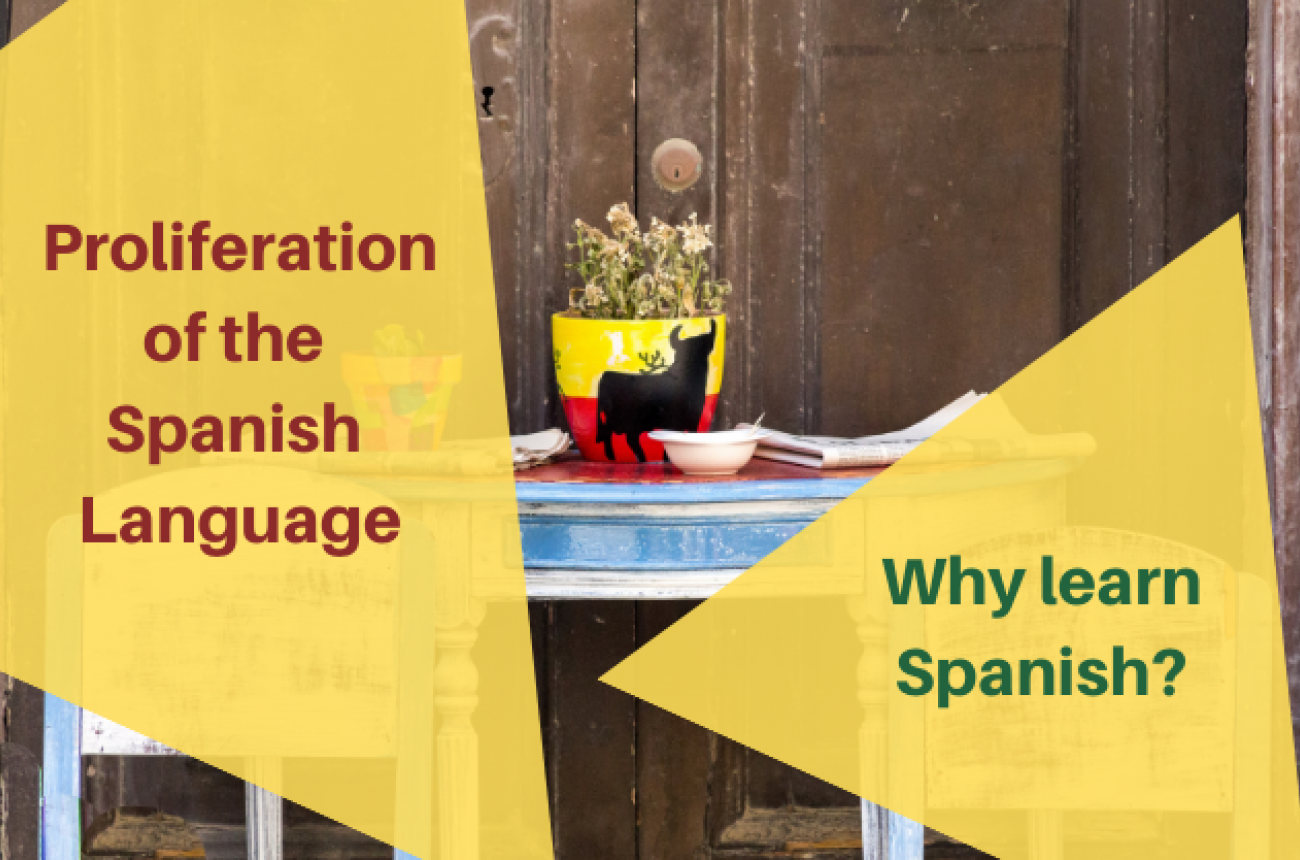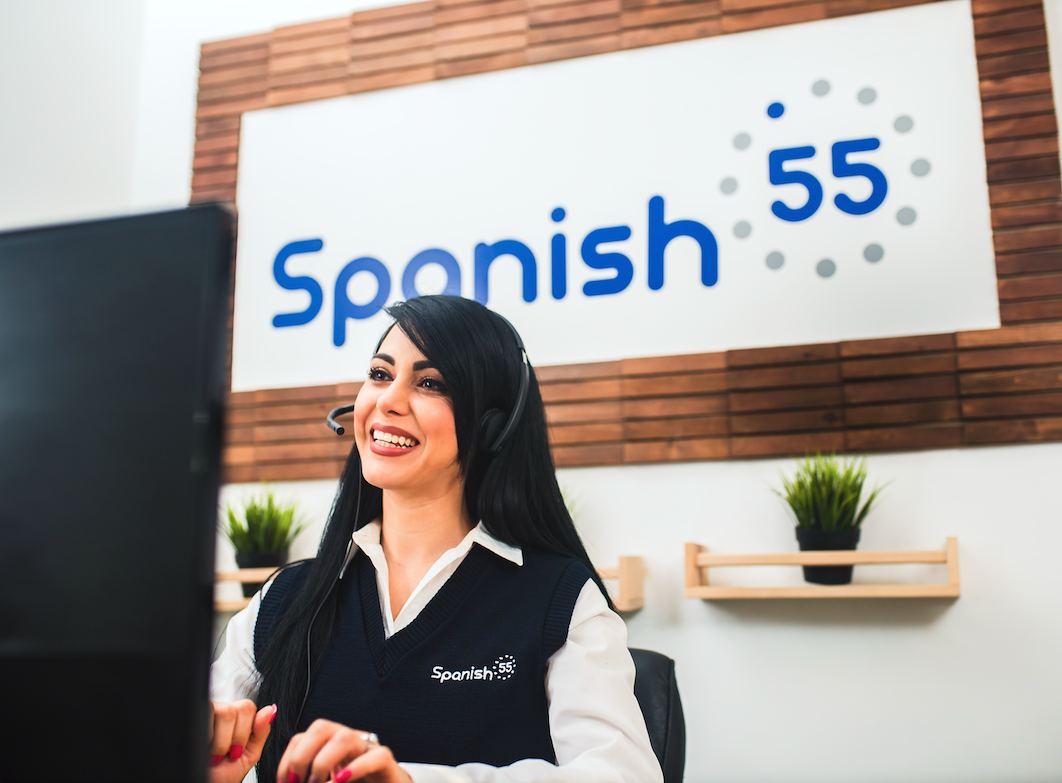How to Really Learn Spanish

Image: Unsplash
Embarking on the journey of learning Spanish online as an English speaker can undoubtedly pose its challenges. It's a process that demands patience and persistence as you navigate through the complexities of vocabulary, pronunciation, and grammar, particularly given the stark differences between Spanish and other languages of Germanic or Saxon origin, like English.
However, amidst these challenges lie boundless opportunities, both personally and professionally, as Spanish stands as one of the most prevalent languages worldwide. In light of this, here's a comprehensive and practical guide tailored to aid you in not just learning but mastering spoken Spanish, equipping you with the tools and strategies needed to overcome obstacles and thrive in your language-learning endeavors.
Best Ways to Learn Spanish: Online or On-Site
Total Immersion: The Most Effective Approach
Immersing yourself in Spanish is paramount for language acquisition. Surround yourself with the language by listening to Spanish music, watching movies and series without subtitles, and endeavoring to think and converse in Spanish daily. Immersion not only fosters familiarity with the language's structure but also facilitates understanding its nuances and colloquialisms.
Explore diverse methods such as reading Spanish books, both original and translated, or watching Spanish YouTube channels, which offer a plethora of content. The latter exposes you to different dialects, ensuring engagement and preventing boredom due to the vast variety available.
Start Speaking Early

Image: Unsplash
Begin speaking from day one, regardless of your proficiency level. Speaking, along with writing, practicing in front of a mirror, or conversing with Spanish speakers or fellow learners, accelerates language acquisition and proficiency.
Don't wait until you feel "ready" to start speaking. Use what you learn from day one and gradually expand your vocabulary. You'll be surprised how quickly you can learn hundreds of new words in just one day, laying a solid foundation for further practice. Seek out a language exchange partner or join conversation groups. Don't fear making mistakes; they're integral to the learning journey.
Learn Grammar in Context
Grammar often poses a significant challenge for language learners. While English boasts beauty and complexity, its grammar remains relatively straightforward. Spanish, German, French, Italian, and other languages employ various methods of object reference based on context, which can be daunting. Instead of rote memorization, immerse yourself in practical application.
Rather than memorizing abstract rules, grasp grammar within real-life contexts. When encountering a new grammatical structure, observe its usage in authentic sentences and practice constructing your own. Additionally, adopt the perspective of a native speaker, avoiding direct comparisons to English, which may lead to confusion. By doing so, you'll gradually internalize the language and speak fluently without the need for constant translation.
Expand Your Vocabulary Thematically
Diversify your lexicon by delving into specific topics. When you focus on a particular subject, you'll consistently encounter related words. For example, if you're passionate about cooking, immerse yourself in culinary terminology. Similarly, professionals in various fields can benefit from learning vocabulary relevant to their expertise. Not only does this approach make learning more engaging and pertinent, but it also aids in retention by reinforcing word associations within context.
Practice Writing
Written exercises are invaluable for language acquisition, offering a complementary dimension to verbal communication. Writing allows you to solidify your understanding of grammatical structures and vocabulary usage. Consider disabling autocorrect on your device and engaging in Spanish conversations to refine your spelling and grammar skills.
Taking the initiative to correct your own mistakes reinforces learning and fosters greater self-reliance in language acquisition. Begin with simple tasks, such as journaling your daily experiences or composing emails in Spanish, and progressively advance to crafting more complex compositions on topics of personal interest.
Use Online Tools and Resources

Image: Unsplash
Utilize the wealth of online resources available for learning Spanish. In addition to YouTube videos, explore podcasts, Spanish news articles, comprehensive grammar guides, and digital books—all readily accessible on the internet. Learning Spanish online has never been more convenient, with a plethora of free materials at your disposal. Take advantage of language learning apps, educational websites, and online forums to practice and enhance your Spanish skills.
Set Realistic Goals
Establish attainable objectives rather than aiming for rapid fluency. Learning Spanish online is a gradual process—don't expect to master it in a week. Experts suggest that achieving fluent conversational proficiency typically requires a minimum of 600 hours of study, spread over an extended period. Allow for breaks to consolidate your learning. For instance, aim to acquire 10 new words daily or engage in a brief 5-minute Spanish conversation with a friend.
Be Consistent
Consistency is key. Dedicate at least an hour daily, or even half an hour, to practicing the language to establish a productive learning routine. Even just 15 minutes of daily practice can yield significant results.
Travel to Spanish-speaking countries

Image: Unsplash
If possible, visiting Spanish-speaking countries can greatly accelerate your learning process. Consider the example of Lana del Rey, the renowned Spanish-speaking singer, who initially struggled with English upon arriving in the United States. However, the necessity to communicate in English propelled her to rapidly acquire the language. Experiencing real-life situations where Spanish is the primary language fosters accelerated learning and complements your spanish online learning journey.












